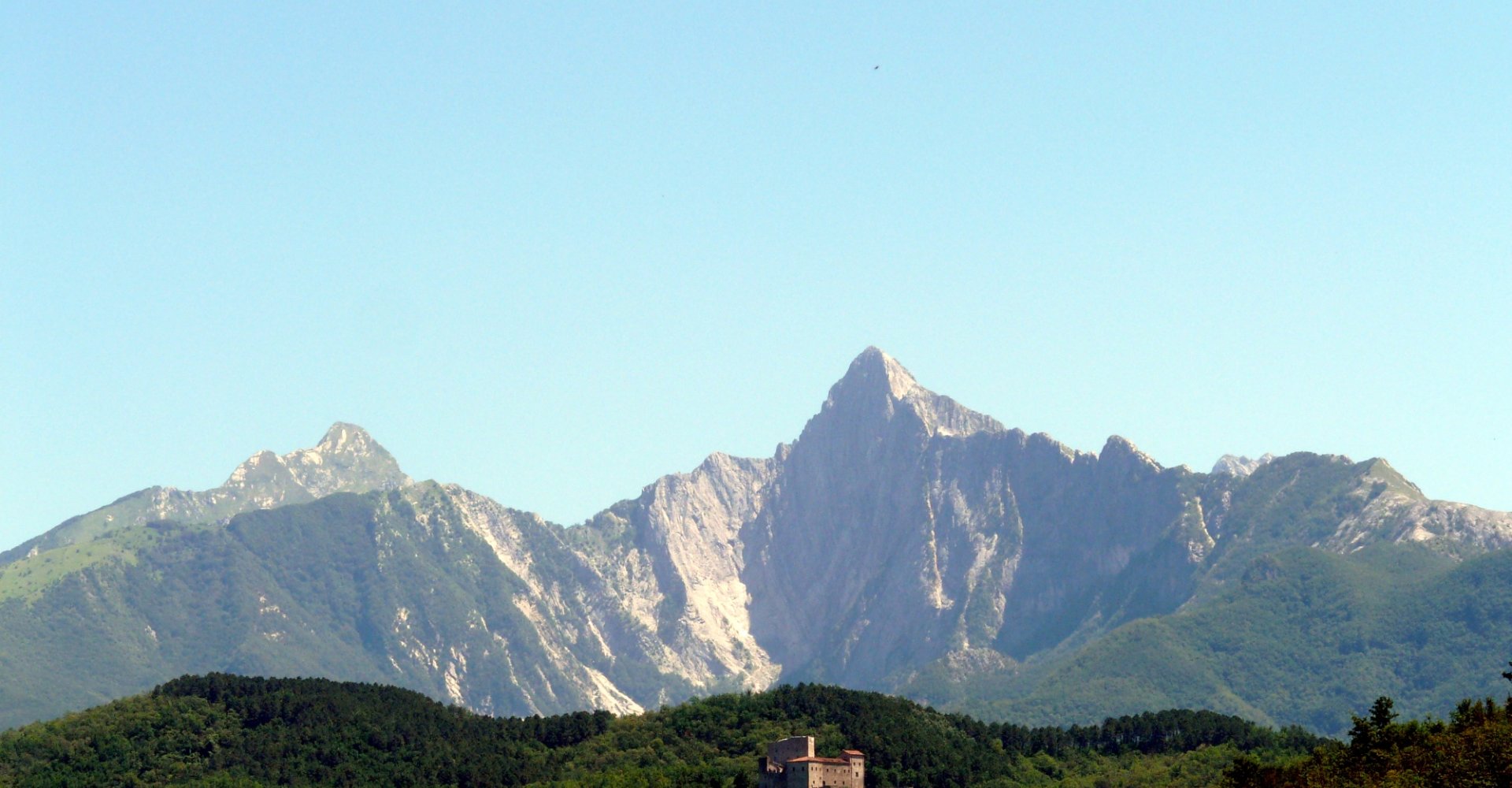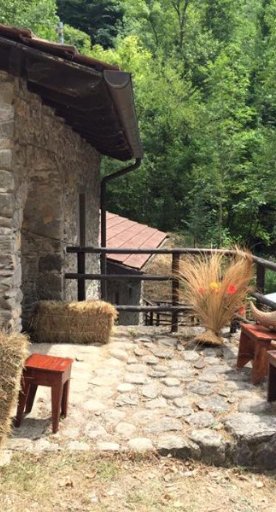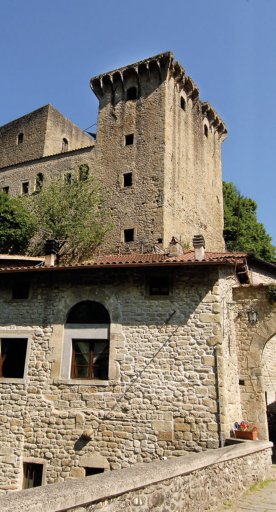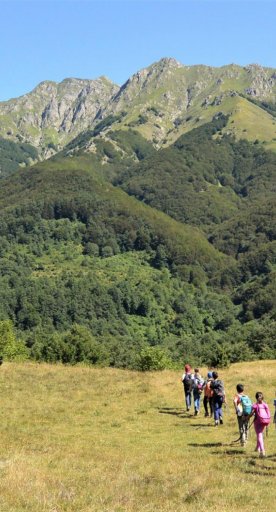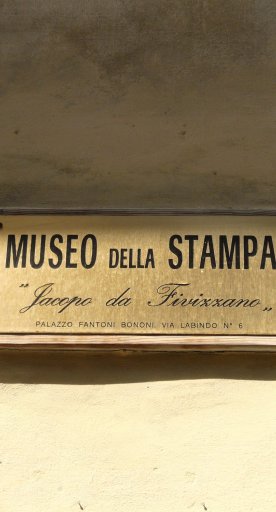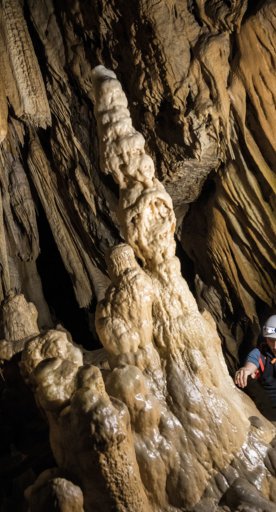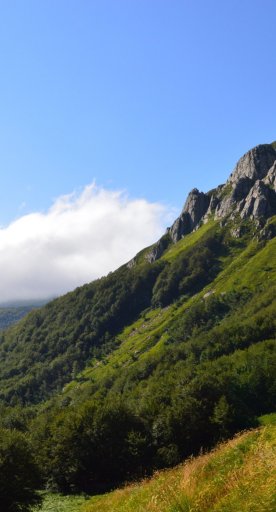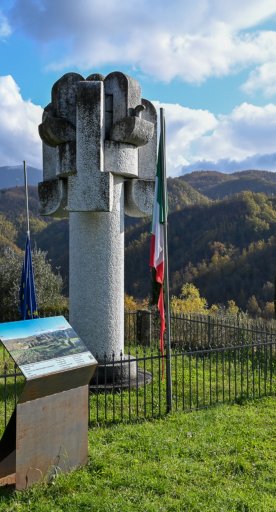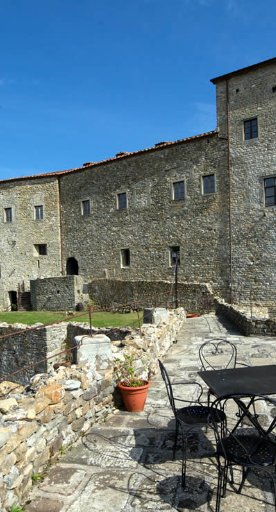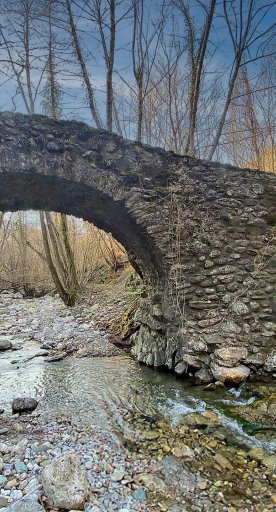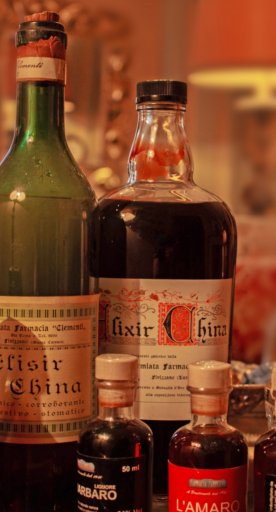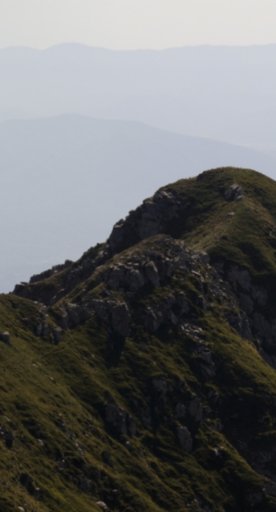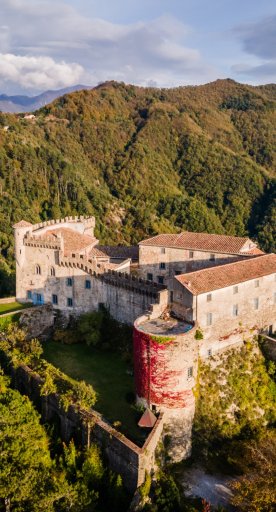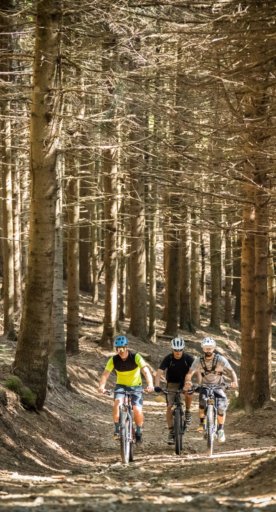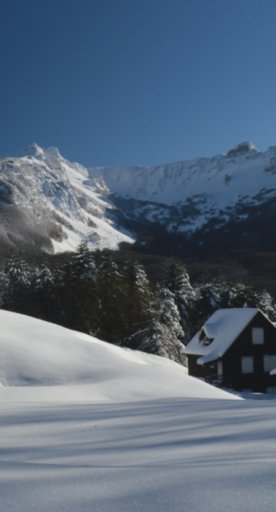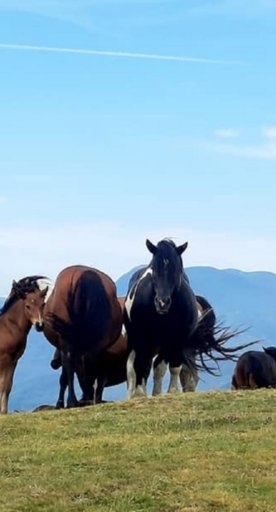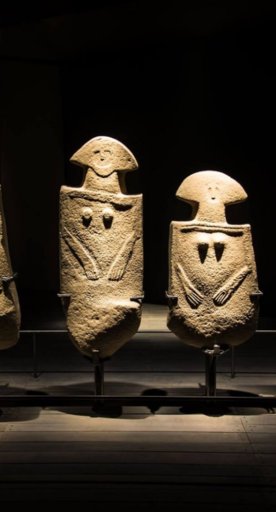Fivizzano
Noble town, between two parks and a hundred villages
Fivizzano, situated 326 meters above sea level between the peaks of the Tuscan-Emilian Apennines and the Apuan Alps, is one of the most interesting towns in Lunigiana. It has ancient origins although it gained importance first with the Malaspina family in the Middle Ages and then with the Medici in the Renaissance, the latter calling it the "beautiful little corner of Florence". In 1848 it was also elevated to Noble City by Grand Duke Leopold II of Tuscany.
What to see in Fivizzano
The historic centre, surrounded by walls, is dominated by Piazza Medicea with its imposing fountain. Many historic buildings overlook the square and the Prepositural Church of Saints Jacopo and Antonio, a Marian sanctuary of the Madonna of Reggio, blessed Virgin of Adoration, since 1946.
It may be surprising to learn but Fivizzano hasn’t played a minor role in Italy’s humanistic culture. This is where Jacopo da Fivizzano opened one of the first print houses in the entire country, where the first typewriter ever built was created and used.
Inside the Palazzo Fantoni, a historic noble residence recovered by the famous Fivizzano-born doctor and writer Loris Jacopo Bononi, is the Museum of Printing, established in honour of Jacopo da Fivizzano.
The Accademia degli Imperfetti played an important role in the cultural history of the town. The institution was founded in the 1500s and operated with enthusiasm until the mid-1800s; they were responsible for building the Teatro degli Imperfetti – inaugurated in 1807 and fitted with 600 seats.
Literature lovers shouldn’t miss a visit to the Augustinian complex, with its library, home to a beautiful collection of works coming from the adjacent church. The hospice is also unmissable and, outside, the bronze monument that celebrates the Fivizzano origins of Nicholas V (the pope responsible for creating the Vatican Library).
The historic centre, surrounded by walls, is dominated by Piazza Medicea with its imposing fountain. Many historic buildings overlook the square and the Prepositural Church of Saints Jacopo and Antonio, a Marian sanctuary of the Madonna of Reggio, blessed Virgin of Adoration, since 1946.
It may be surprising to learn but Fivizzano hasn’t played a minor role in Italy’s humanistic culture. This is where Jacopo da Fivizzano opened one of the first print houses in the entire country, where the first typewriter ever built was created and used.
Inside the Palazzo Fantoni, a historic noble residence recovered by the famous Fivizzano-born doctor and writer Loris Jacopo Bononi, is the Museum of Printing, established in honour of Jacopo da Fivizzano.
The Accademia degli Imperfetti played an important role in the cultural history of the town. The institution was founded in the 1500s and operated with enthusiasm until the mid-1800s; they were responsible for building the Teatro degli Imperfetti – inaugurated in 1807 and fitted with 600 seats.
Literature lovers shouldn’t miss a visit to the Augustinian complex, with its library, home to a beautiful collection of works coming from the adjacent church. The hospice is also unmissable and, outside, the bronze monument that celebrates the Fivizzano origins of Nicholas V (the pope responsible for creating the Vatican Library).
Nearby
In the general area of Lunigiana, just outside the town centre is the Verrucola Castle, built by Spinetta Malaspina and now where the sculptor Pietro Cascella lives.
Once in this area, a visit to the Parish Church of San Paolo di Vendaso is a must, as is one to the village of Soliera, home to the sanctuary of the Madonna dei Colli, and the charming hamlets of Gragnola, Vinca (high up in the Apuans and with unparalleled bread) and Ceserano (known for the farm and vineyards belonging to Conte Picedi-Benettini).
Fivizzano’s expansive area is also known as the “land of one hundred villages”. Among these, it’s worth mentioning Equi Terme, a renowned thermal resort with stunning grottos.
Fivizzano is the ideal destination for nature lovers as most of the area is located inside the Appennino Tosco-Emiliano National Park, now a UNESCO Biosphere Reserve in the northern part, and the Apuan Alps Park, a UNESCO geopark.
Fivizzano is also located along the Via del Volto Santo, considered the most famous alternative to the Via Francigena, which made it possible to reach Lucca through Lunigiana and Garfagnana from Pontremoli.
In the general area of Lunigiana, just outside the town centre is the Verrucola Castle, built by Spinetta Malaspina and now where the sculptor Pietro Cascella lives.
Once in this area, a visit to the Parish Church of San Paolo di Vendaso is a must, as is one to the village of Soliera, home to the sanctuary of the Madonna dei Colli, and the charming hamlets of Gragnola, Vinca (high up in the Apuans and with unparalleled bread) and Ceserano (known for the farm and vineyards belonging to Conte Picedi-Benettini).
Fivizzano’s expansive area is also known as the “land of one hundred villages”. Among these, it’s worth mentioning Equi Terme, a renowned thermal resort with stunning grottos.
Fivizzano is the ideal destination for nature lovers as most of the area is located inside the Appennino Tosco-Emiliano National Park, now a UNESCO Biosphere Reserve in the northern part, and the Apuan Alps Park, a UNESCO geopark.
Fivizzano is also located along the Via del Volto Santo, considered the most famous alternative to the Via Francigena, which made it possible to reach Lucca through Lunigiana and Garfagnana from Pontremoli.
Local prodcuts
Fivizzano boasts a rich food and wine heritage with many typical products deriving from ancient traditions: mountain breads, DOP chestnut flour, fine acacia and DOP chestnut honeys, excellent wines, EVO oils, rotella apple with its classic round and flattened shape, and the historic China Clementi elixir.
Fivizzano boasts a rich food and wine heritage with many typical products deriving from ancient traditions: mountain breads, DOP chestnut flour, fine acacia and DOP chestnut honeys, excellent wines, EVO oils, rotella apple with its classic round and flattened shape, and the historic China Clementi elixir.
